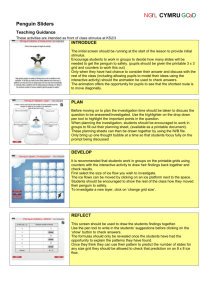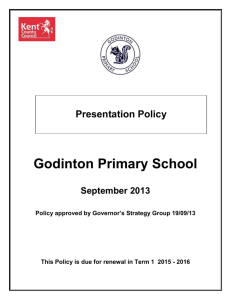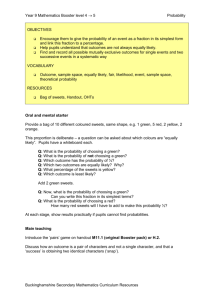NC Level 3 - Suffolk Maths
advertisement
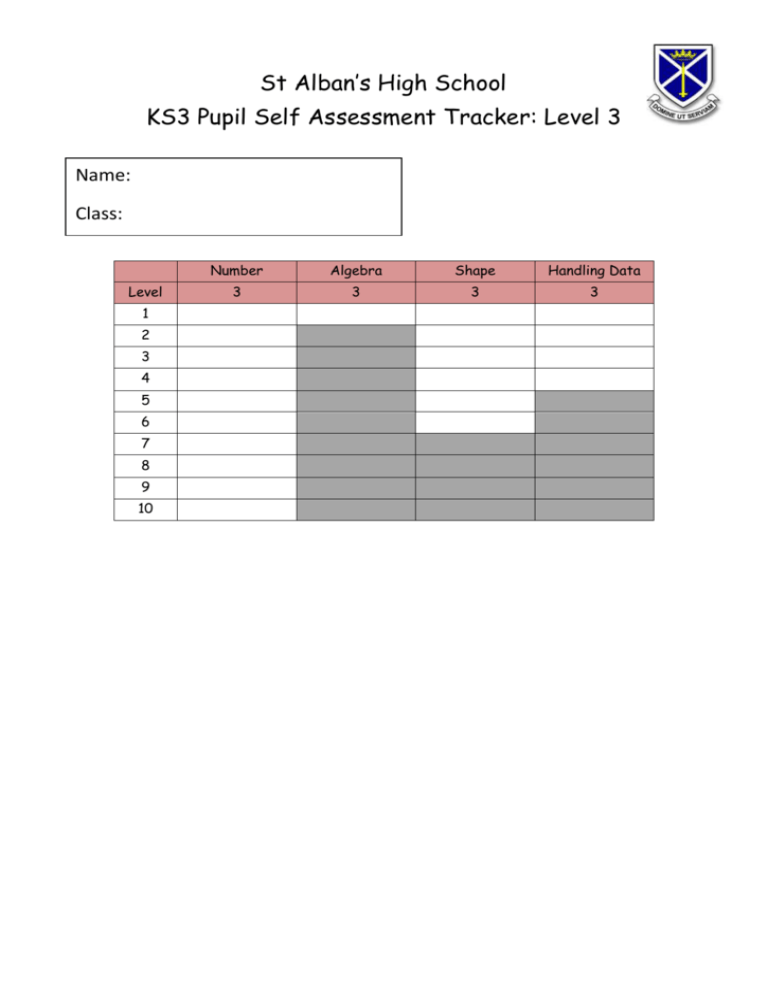
St Alban’s High School KS3 Pupil Self Assessment Tracker: Level 3 Name: Class: Level 1 2 3 4 5 6 7 8 9 10 Number Algebra Shape Handling Data 3 3 3 3 Number N3.1 N3.2 N3.3 N3.4 N3.5 N3.6 N3.7 N3.8 Write the following numbers in order: 230, 1700, 90, 1070, 195 Round each of the numbers to the nearest 10 Round each of the numbers to the nearest 100 Can you give examples of where you might find negative numbers (Given a set of 4 by 4 grids) Find three different ways to split the grid into quarters. Which of these fractions are the same: ½, ¾, 2/4, 1/3 and why? What are ½ and ¼ written as decimals? What is: (a) 91p + 18p? (b) £1.30 + 27p (c) £1.40 + £0.23 If 5 x 8 = 40 then what is the answers to (a) 40 ÷ 8 = (b) 40 ÷ 5 = Write down two division sums you can solve if you are told that 6 x 7 = 42 In your head work out: 23 + 46, 63 + 28, 78 – 32, 52 - 27 Using pen and paper calculate: 376 + 612, 627 – 372, 585 - 234 Using pen and paper calculate: 34 x 2, 45 x 3, 62 x 4 and 38 x 5 Using pen and paper calculate: 34 ÷ 5, 48 ÷ 5, 24 ÷ 3, 42 ÷ 4, 21 ÷ 2 Write down 5 numbers which are divisible by 5 and a different set of 5 numbers which are divisible by 10. Explain how you know. Which of the numbers are odd and which are even? N3.9 Solve in your head these three sums: 97 – 32, 22 + 54, 17 + 15 N3.10 Bob gives 7 friends 4 sweets each and has 3 left for himself. How many sweets did he start with? Dave collects 48 eggs from his chickens. He packs them in boxes of 6. How many boxes does he fill? Fiona has 35 eggs. How many boxes does she fill? Algebra A3.1 What are the next two numbers in these sequences (a) 2, 4, 6, 8, … (b) 5, 8, 11, 14, … (c) 10, 20, 30, 40, … Shape, Space & Measures S3.1 Draw 5 shapes which have a line of symmetry Construct a tetrahedron using the net here: S3.2 S3.3 S3.4 S3.5 S3.6 Draw the net of a cube Draw 3 triangles all the same size but ‘facing different directions’ Draw a vertical line next to each triangle and draw the reflection Draw a simple map using squared paper and label 6 points on the map, such as a cave. Draw an arrow going upwards and label this North. Describe the direction you would need to go in order to travel between different places on your map. E.g. If I start at the cave and travel West I will arrive at the Castle Measure the weight of 3 objects using a set of scales Without using a ruler or metre stick how could you measure the length of the classroom Using a newspaper calculate how long different TV programmes last for. Handling Data D3.1 Collect information about the number of children in the families of the children in your class Construct a bar chart for the data in the table below: D3.2 Method of transport Frequency Car Bus Bike Walk 8 12 7 3 Place the names of 8 animals in a Venn or Carroll diagrams D3.3 Look at the bar chart here which shows the answers in a survey from some pupils. (1) How many pupils are in a family of three children? (2) How many pupils took part in the survey? D3.4 (3) What is the most common number of children in a family? N umber o f c hildren in fa mily 18 16 14 12 10 8 (4) The school wants to reduce the number of cars arriving at school in the mornings. What other information should they collect? 6 4 2 0 1 2 3 4 5
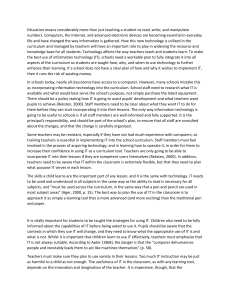



![afl_mat[1]](http://s2.studylib.net/store/data/005387843_1-8371eaaba182de7da429cb4369cd28fc-300x300.png)



